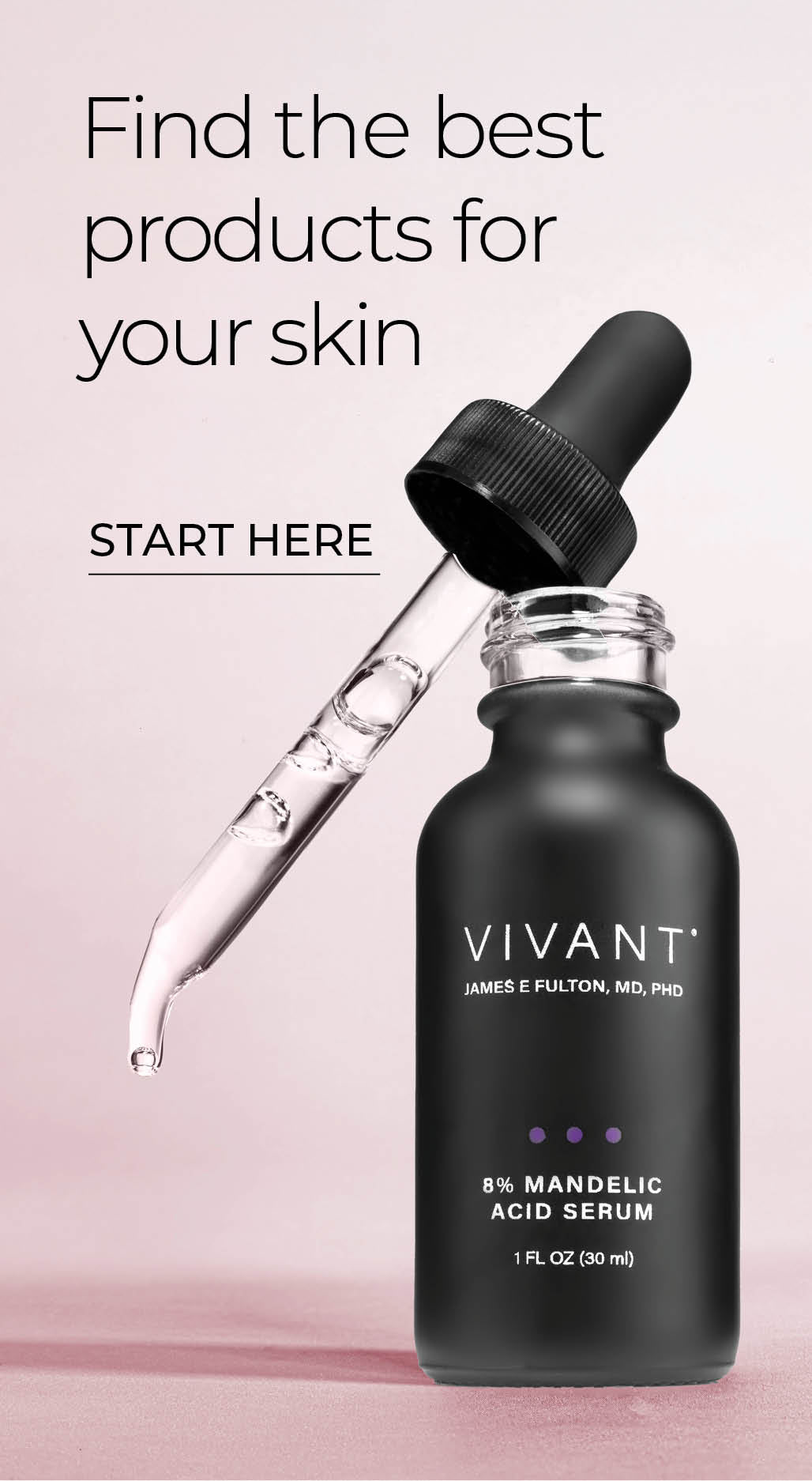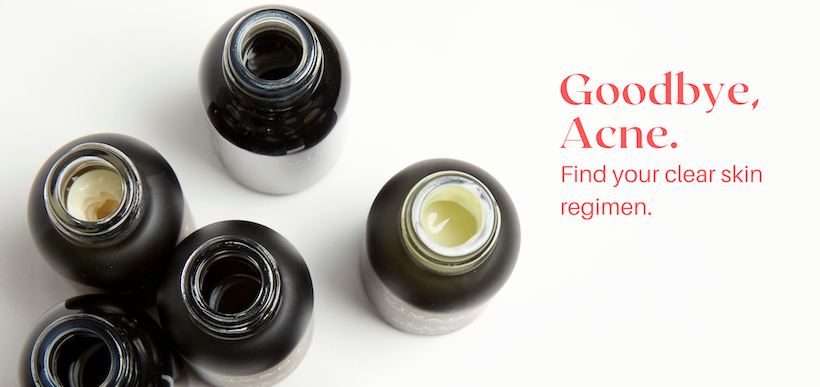6 Brightening Acids and How To Use Them

Acids do amazing things for the skin, with benefits for everything from acne to aging. In their chief role as exfoliators, acids accelerate the essential cell turnover process to bring healthy, new cells to the surface faster. Getting dead cells out of the way doesn’t just make skin look fresher; it allows moisture into the skin, enhances the absorption of other products, and reduces the appearance of fine lines. Dead cells absorb light, making skin look dull. Exfoliated skin reflects light, creating a more luminous, youthful appearance.
So which acids are best for your skin? They all have exfoliating properties. Beyond that, each has its particular strengths, including smoothing, tightening, firming, thickening, and brightening. Knowing what each one does will help you better target your skin concerns.
Table of content
Glycolic Acid is a rapid rejuvenator.
The most popular of the acids is also the most powerful. With the smallest molecules of any AHA, glycolic penetrates the skin quickly, making for some serious cell turnover, plus a big boost for collagen and elastin. Glycolic acid (GA) is a potent exfoliator that improves the structural integrity of the skin far into the dermis. GA also has anti-inflammatory, keratolytic, and antioxidant effects. This A-list acid brings smoother, clearer, brighter skin to the surface rapidly.
What does it do? Decongests pores, smooths fine lines, spurs collagen production, and promotes a radiant glow.
Best for: All except sensitive skin.
RECOMMENDED PRODUCT:
Lactic Acid combines moisture and exfoliation.
While all acids will help hydrate the skin by sloughing away dead cells, lactic acid is unique in that it’s a humectant. It doesn’t just clear the way for moisture to enter the skin; it draws in and retains moisture. It’s one of the mildest acids, making it excellent for sensitive or mature skin. It leaves skin soft, smooth, hydrated, and supple. It’s often combined with other acids to balance more potent formulas.
What does it do? Smooths the appearance of fine lines, softens rough skin, hydrates, and plumps skin.
Best for: Sensitive, dry, or mature skin.
RECOMMENDED PRODUCT:
Mandelic acid is a multi-tasking wonder.
Mandelic acid performs at every level. It’s a melanin-inhibitor, so, in addition to helping slough off surface pigment, it prevents dark spots from forming. Its antimicrobial and anti-inflammatory properties make it excellent for combatting acne. Because of its larger molecular structure, mandelic is absorbed by the skin more slowly, making it a good choice for dark or sensitive skin prone to post-inflammatory hyperpigmentation. Mandelic acid is also a good choice for skin affected by rosacea because of its gentle nature and antimicrobial properties. Mandelic acid is also pregnancy and nursing safe.
What does it do? Kills acne bacteria, suppresses melanin-production, reduces inflammation, promotes firmer, brighter, more even skin tone and texture.
Best for: Everything from acne to age spots, especially in dark or sensitive skin prone to hyperpigmentation and rosacea-affected skin.
RECOMMENDED PRODUCTS:
Kojic acid is for brightening.
Derived from fungi, kojic acid is second only to hydroquinone when it comes to brightening. It inhibits the production of tyrosinase, the enzyme responsible for melanin synthesis, helping to fade dark spots and discoloration. It also delivers some antioxidant protection and inflammation reduction. It’s ideal for combatting melasma, hyperpigmentation, and age spots.
What does it do? Fades dark spots, prevents new pigment formation, evens and brightens tone.
Best for: Targeting stubborn discoloration, dark marks left by acne, and age spots.
RECOMMENDED PRODUCT:
Ascorbic Acid (vitamin C) protects, repairs, and revives.
This superhero antioxidant is a natural brightener and fierce protector against UV and environmental stressors. It’s also a critical factor in the synthesis of collagen. Vitamin C suppresses the melanin-producing enzyme tyrosinase to block excess pigment from reaching the skin’s surface and neutralizes the free radicals that induce dark spots.
Daily application of vitamin C reduces wrinkling and gives it a more youthful appearance. When combined with vitamin E, its photoprotective benefits are magnified.
What does it do? Improves elasticity, boosts collagen, reduces fine lines and wrinkles, prevents and repairs photodamage, brightens tone, brings a radiant glow.
Best for: Damage repair and slowing the effects of aging in all skin types and tones.
RECOMMENDED PRODUCT:
Salicylic Acid peels out acne and blackheads.
A beta-hydroxy acid, salicylic acid is oil-soluble, so it can get deep into the pore to flush out oil and bacteria. It’s a prolific keratolytic agent, meaning it peels the cellular debris from pores to eliminate impactions and blackheads. Salicylic acid is the principal metabolite of aspirin, which accounts for the soothing, anti-inflammatory effects that make it beneficial for fighting both acne and signs of aging.
What does it do? Decongests and peels cellular debris from pores, reduces sebum, calms inflammation, reduces the appearance of pores, minimizes fine lines, and boosts the performance of other skincare ingredients.
Best for: Best for mature or acne-prone skin.
RECOMMENDED PRODUCT:


Comments